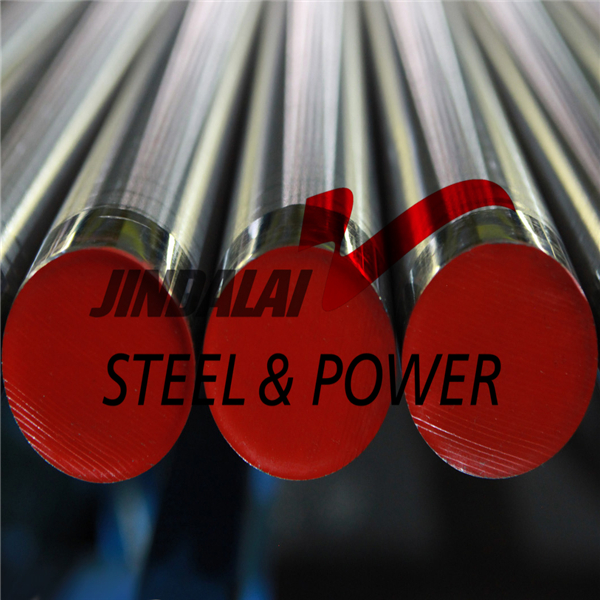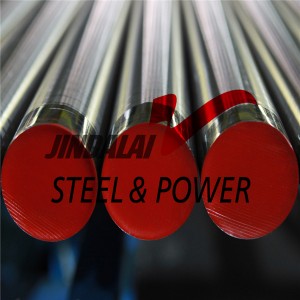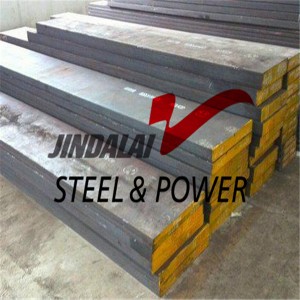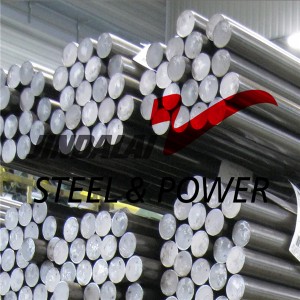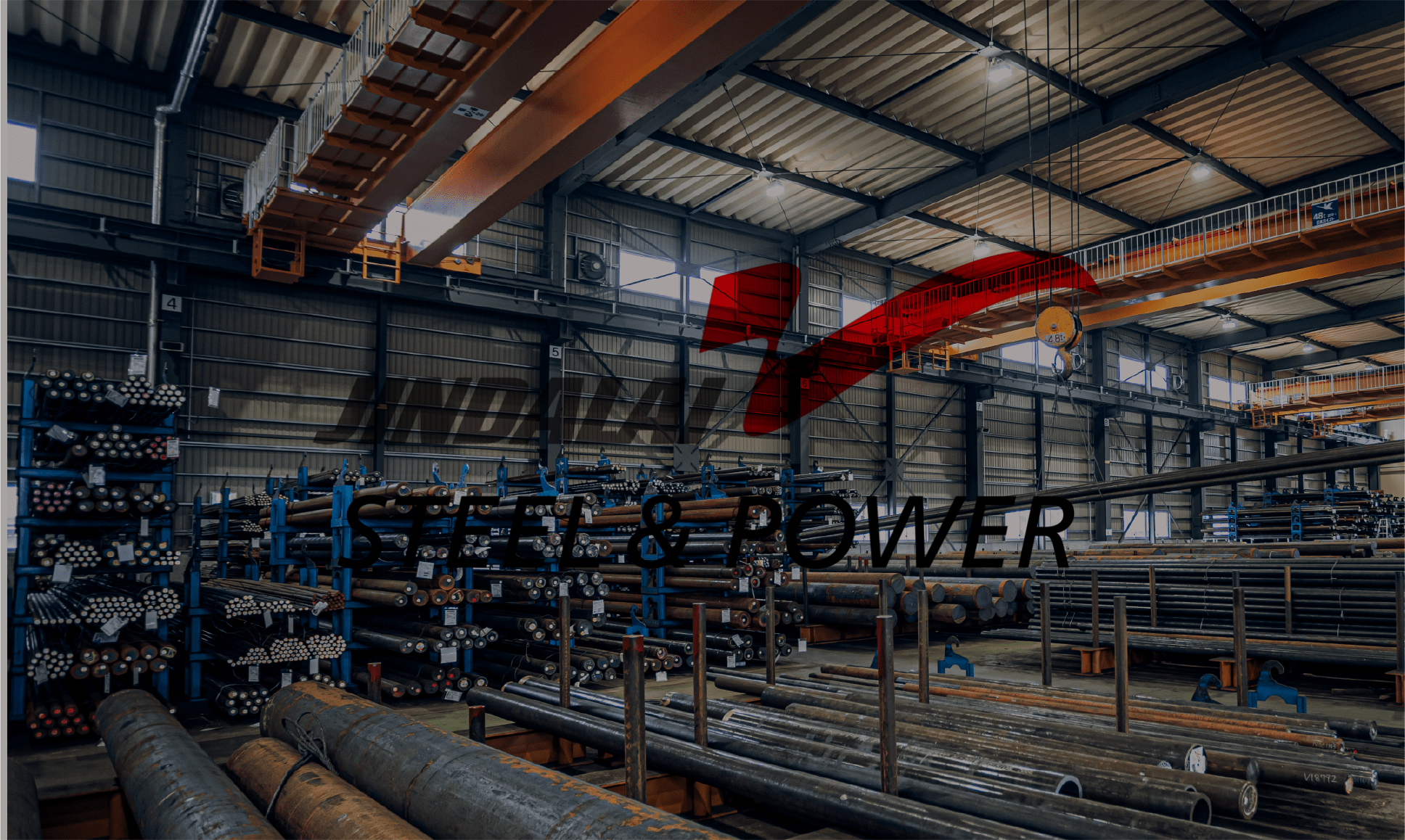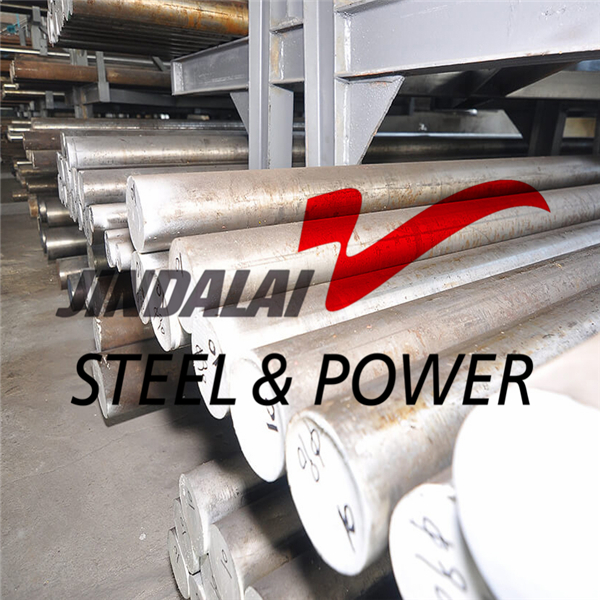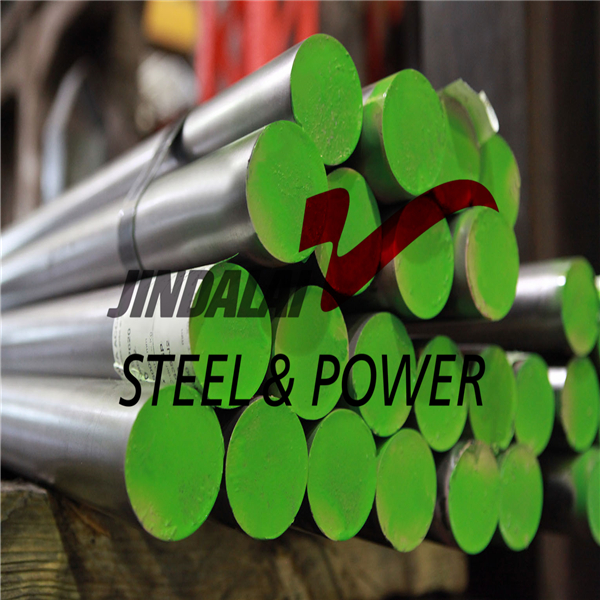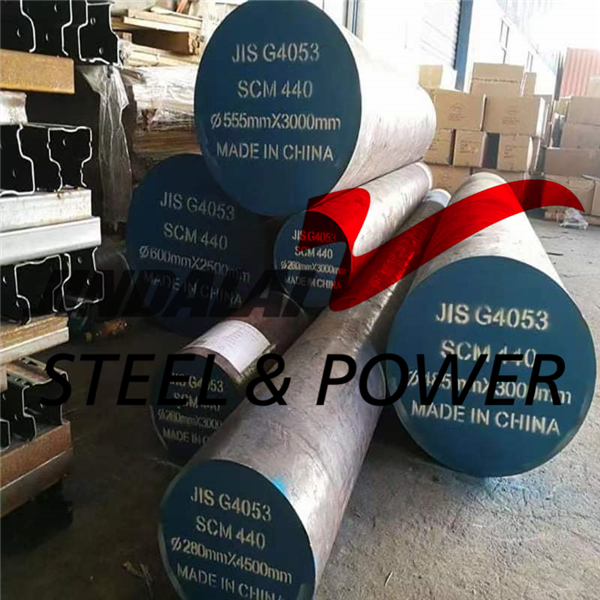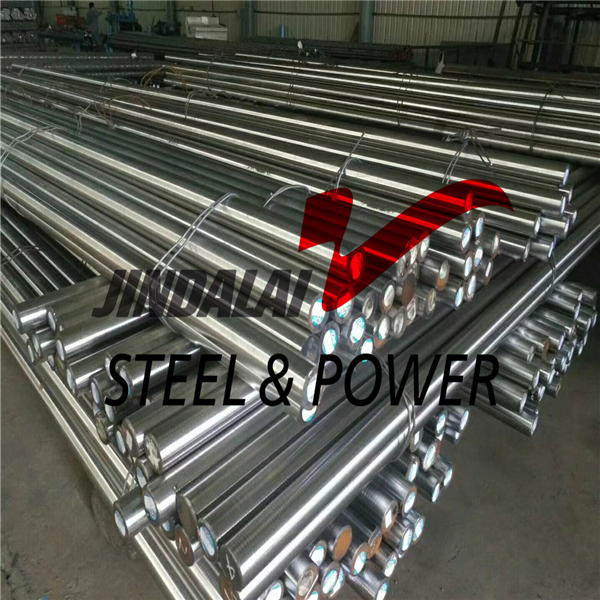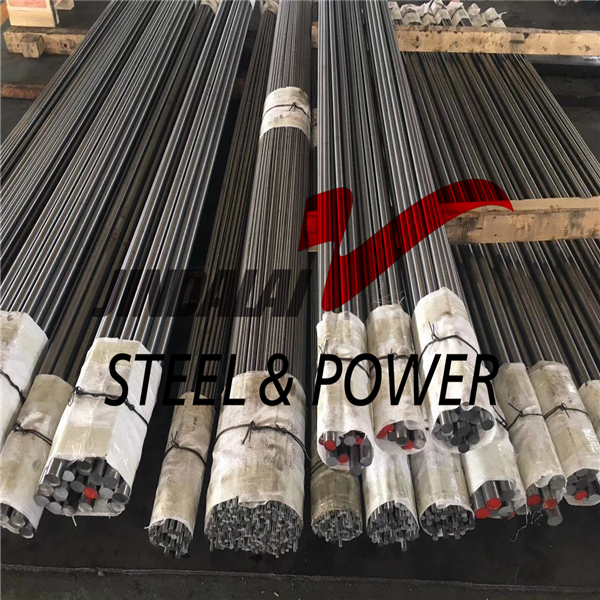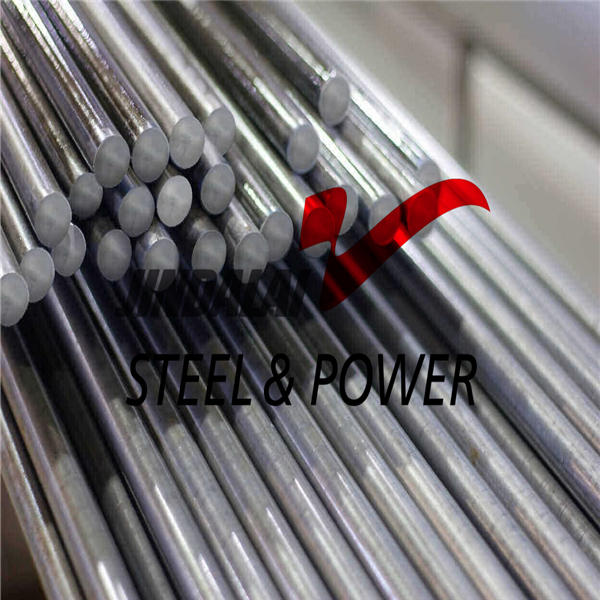Overview of Bearing Steel
Bearing steel is used to make balls, rollers and bearing rings. Bearing steel has high and uniform hardness, wear resistance and high elastic limit. The requirements for the uniformity of chemical composition, the content and distribution of non-metallic inclusions, and the distribution of carbides of bearing steel are very strict. It is one of the most stringent steel grades in all steel production.
The steel grades of common bearing steels are high carbon chromium bearing steel series, such as GCr15, Gcr15SiMn, etc. In addition, carburized bearing steels, such as 20CrNi2Mo, 20Cr2Ni4, etc., can also be used according to different working conditions, stainless steel bearing steels, such as 9Cr18, etc., and high-temperature bearing steels, such as Cr4Mo4V, Cr15Mo4V2, etc.
Physical property
The physical properties of bearing steel mainly include microstructure, decarburized layer, non-metallic inclusion and macrostructure. Generally, the products are delivered by hot rolling annealing and cold drawing annealing. The delivery status shall be indicated in the contract. The macrostructure of steel must be free of shrinkage cavity, subcutaneous bubble, white spot and micro pore. The central porosity and general porosity shall not exceed grade 1.5, and the segregation shall not exceed grade 2. The annealed structure of steel shall be uniformly distributed fine-grained pearlite. The depth of decarburization layer, non-metallic inclusions and carbide unevenness shall comply with relevant national standards.
Basic performance requirements for bearing steel materials
1) high contact fatigue strength
2) high hardness after heat treatment or hardness that can meet the requirements for bearing service performance
3) high wear resistance, low friction coefficient
4) high elastic limit
5) good impact toughness and fracture toughness
6) good dimensional stability
7) good rust prevention performance
8) Good cold and hot working performance.



